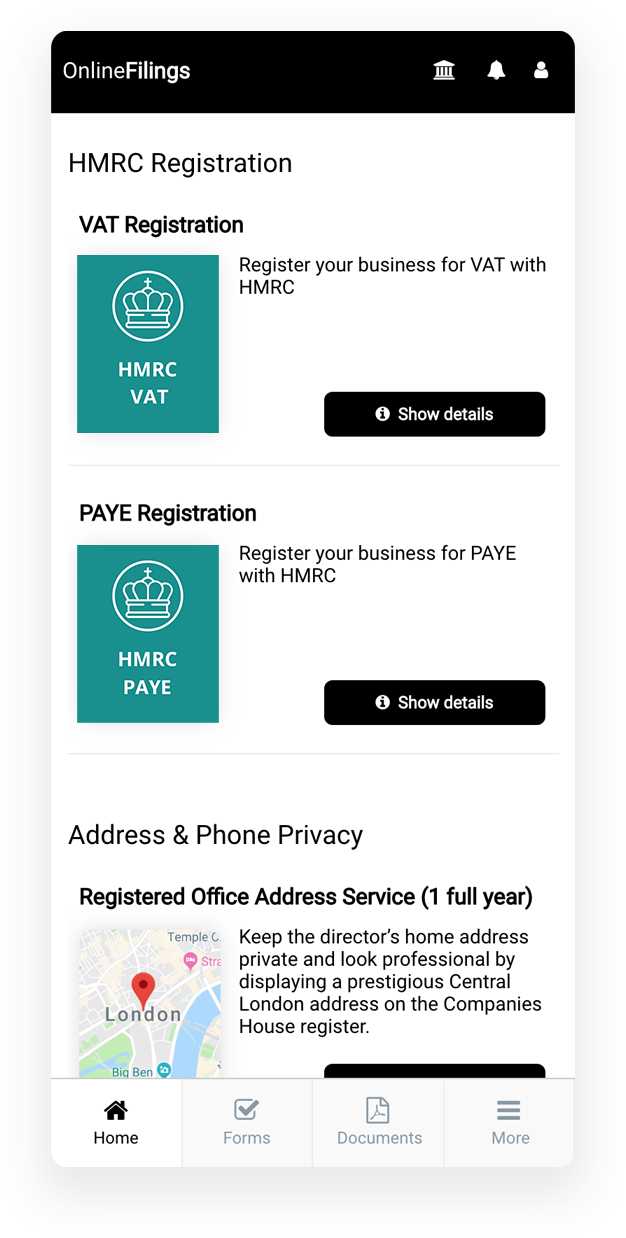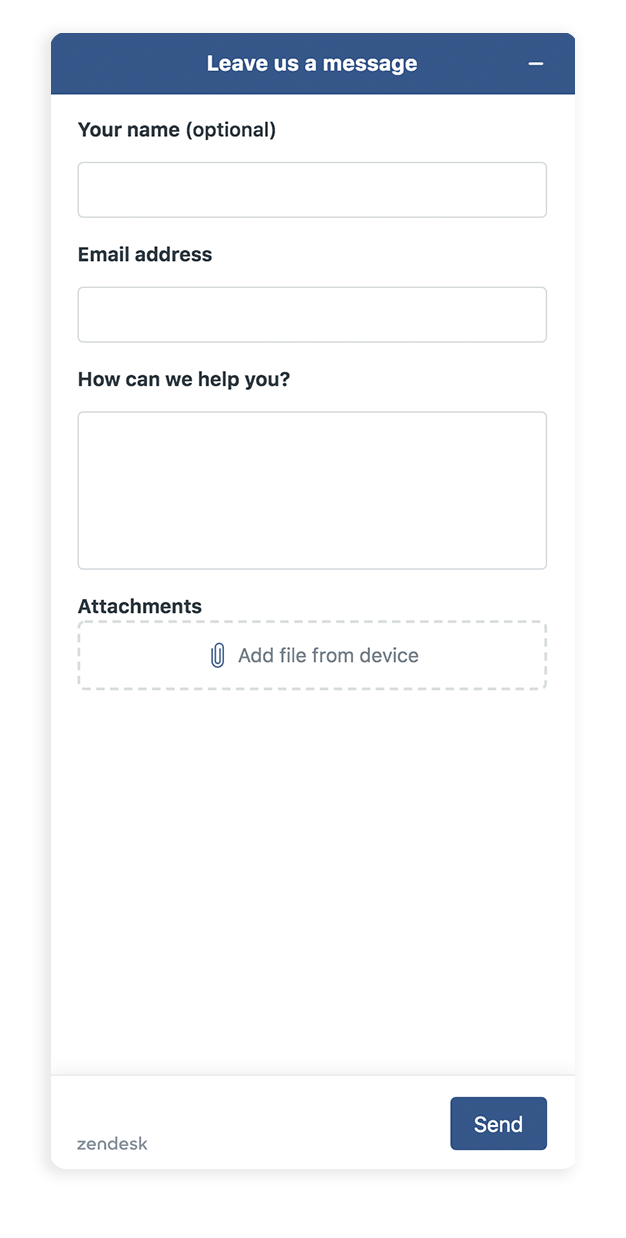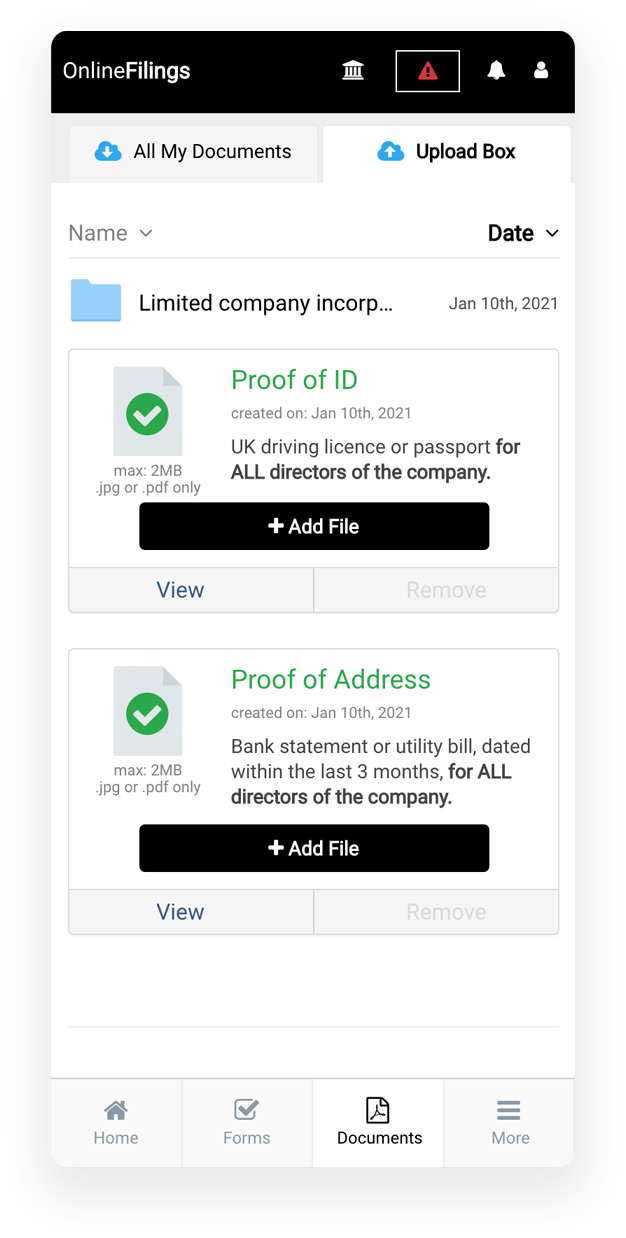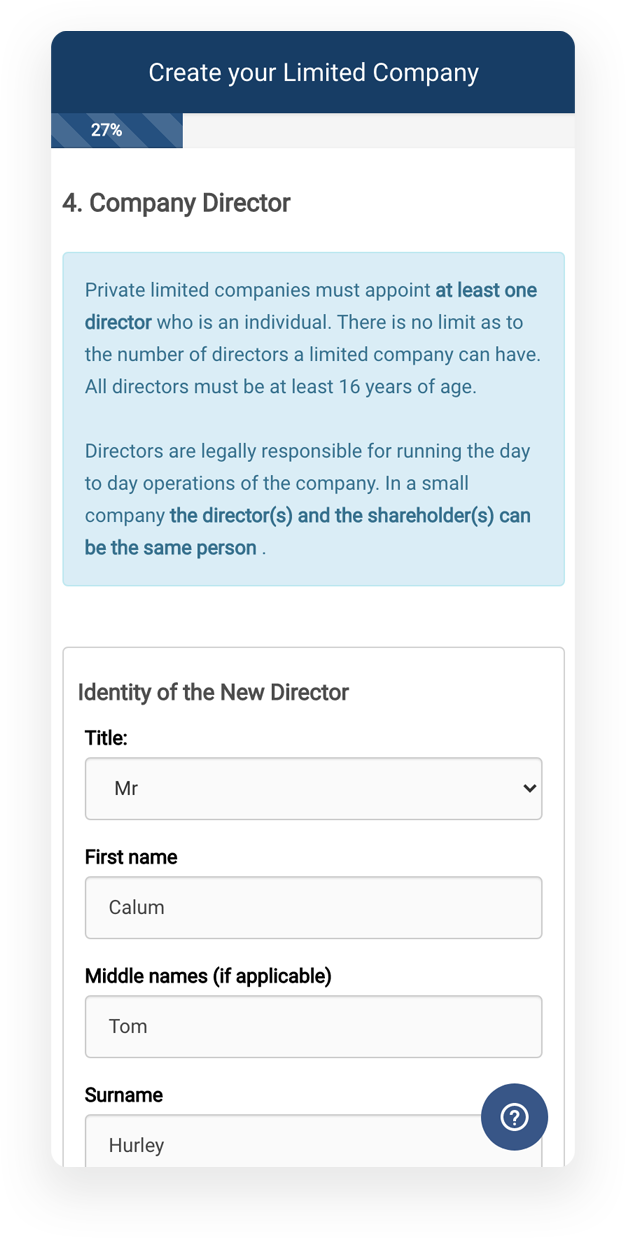If your business has reached the end of its life, you’ll need to decide the best way to close your company. How you close your business is dependent on your circumstances; namely, if you have debts and if you can pay them. This will influence how simple or complex the process of closing your company can be.
How do I close a limited company?
There are two main options:
- Dissolution: If you are solvent (i.e. you don’t owe any money to creditors or HMRC), you can dissolve your company by striking it off the Companies House Register.
- Liquidation: If you are insolvent (i.e. you cannot pay your debts), you will need to liquidate your company to pay your creditors or HMRC, and then you can legally close your business. You can also do this voluntarily if you are solvent.
Let’s look a bit closer at each option and see what it entails.
What is dissolution?

When an owner wants to close their company, they must go through the process of dissolving it.
Dissolution (n.)
Also known as ‘striking off, this is the legal term for removing your company from Companies House register. Once you dissolve a company, it ceases to exist and you no longer need to submit confirmation statements or annual accounts.
When can I apply to strike off a company?
You can apply to close a limited company if it’s no longer needed. For example, if the directors wish to retire without a successor, the idea behind the company turned out not to be feasible, if you’re currently dormant or no longer trading.
You cannot apply if:
- the majority of your directors don’t agree with the decision
- your company has traded
- your company has changed its name in the last 3 months
- has become insolvent (or cannot pay its debts) and is threatened with compulsory liquidation
Some specific circumstances may prohibit you from applying so if you’re in doubt, contact our business specialists for help. If you know you’re ready to apply, get started using the button below.CLOSE YOUR COMPANY
Checklist: 5 things to do before you close a limited company

Before you apply to strike off a company, you must legally close it down by:
- Announcing your plans to all relevant parties including your shareholders, directors, creditors, employees, and managers of any employee pension fund, and HMRC
- Making sure employees are treated according to redundancy rules and paid their final wages or salary
- Share business assets amongst shareholders before the company is struck off, otherwise they’ll go to the Crown
- Emptying your accounts and sending the final statutory accounts and Company Tax Return to HMRC
- Paying Capital Gains Tax (if you take assets out of the company before striking off)
Any remaining credit balance or business assets in the company will become the property of the Crown, and you’ll need to restore your company to reclaim your assets and funds
How to strike off a company from Companies House Register
You’ll need to apply with a DS01 form and have it signed by the majority of your company’s directors. Then, you can submit using your Companies House account and authorisation code.
Within the next 7 days, send a copy to all affected parties including members, shareholders, creditors, employees, managers or trustees of employee pension funds, and directors who didn’t sign the application form.
Looking to avoid the hassle? Use the OnlineFilings fully electronic dissolution platform. Benefit from personalised support throughout the process and even choose to use our office address as your registered office when you dissolve. Click below to get started.CLOSE YOUR COMPANYThe next steps depend on if your company has traded or not. If your company never traded, send your application and simply inform HMRC that your company never traded, then it will shortly be struck off the Companies House register.
If your company has traded, send your final statutory accounts and Company Tax Return to HMRC stating that these are your final trading accounts and your company will be dissolved shortly after.
If your company becomes ineligible to strike off (for example, because you’ve accrued debts), or you change your name, you’ll need to withdraw your application by submitting the DS02 form.
Not following these rules could result in a fine or possible prosecution.
What happens after I strike off a company?

After you’ve applied, Companies House will publish it in your local Gazette, which will be the London Gazette for English and Welsh companies, the Edinburgh Gazette for Scottish companies, and the Belfast Gazette for Northern Irish companies.
If there are no objections in the following 2 months, your company will be struck off and a second notice will be published in Gazette, signifying that the company legally no longer exists (or has been ‘dissolved’). If you owe any late filing penalties to Companies House, usually the dissolution will be accepted and your company will be allowed to close without paying the fine.
After you’ve filed for company dissolution, the company will not exist but its information will be kept on the public register for 20 years and can still be requested from Companies House or the National Archives.
The company’s name can be reused by someone else with a new unique company number and you’ll need to keep all of your business documents (ie. bank statements, invoices, receipts) for 7 years following the date of dissolution.
This is the usual process for solvent companies, but if you’re insolvent (or have debts), you may need to settle your debts by liquidating the company first.
What is liquidation?

You will need to go through a liquidation process if your company is insolvent, which is essentially when a company wants to close but cannot pay its debts.
Liquidating (v.)
Also known as ‘winding up’ a company, liquidation involves using an insolvent company’s assets to pay off their creditors, and paying shareholders if there’s anything left over.
If this is the case, the interest of creditors legally comes before directors or shareholders and you’ll need to arrange a creditor’s voluntary liquidation of your company.
Creditor’s Voluntary Liquidation (n.)
A type of liquidation where insolvent companies pass a special resolution to stop trading, appoint a liquidator to wind up their company, and pay their creditors.
If you don’t pay your creditors, you may be subject to a compulsory liquidation enforced by law.
Compulsory Liquidation (n.)
A type of liquidation where an insolvent company’s creditor issues them with a statutory demand and the court orders their company to be wound up.
In the case of poor conduct, you could be disqualified as a company director for up to 15 years, so it’s much better to liquidate voluntarily and work with your creditors.
Can I liquidate my company if I’m solvent?
Yes. This is often the choice of owners who can pay their debts, but specific circumstances dictate that it’s better to liquidate than dissolve the company. This is called a member's voluntary liquidation.
Members Voluntary Liquidation (n.)
A type of liquidation where a solvent company chooses to wind up because they don’t meet the dissolution conditions, want to retire, want to step down from their family business without a successor, or simply do not want to run the business anymore.
You’ll need to make a ‘declaration of solvency’ to prove you can pay your debts, including the company & director’s information, how long the company will take to pay its debts and a statement of the company’s assets and liabilities.
In many cases, dissolution is the ideal choice for solvent companies looking to close. You can get this done quickly and easily using the OnlineFilings dissolution service. We will populate and file all documents on your behalf, and all you need to do is sign. Click below to get started.CLOSE YOUR COMPANY
The best way to dissolve your company
In summary, here are the options to close your company:

If you’re solvent and ready to dissolve your company, the OnlineFilings dissolution service completes and files all the necessary documentation on your behalf, freeing you up to focus on things that are more important.
Ready to get started?










